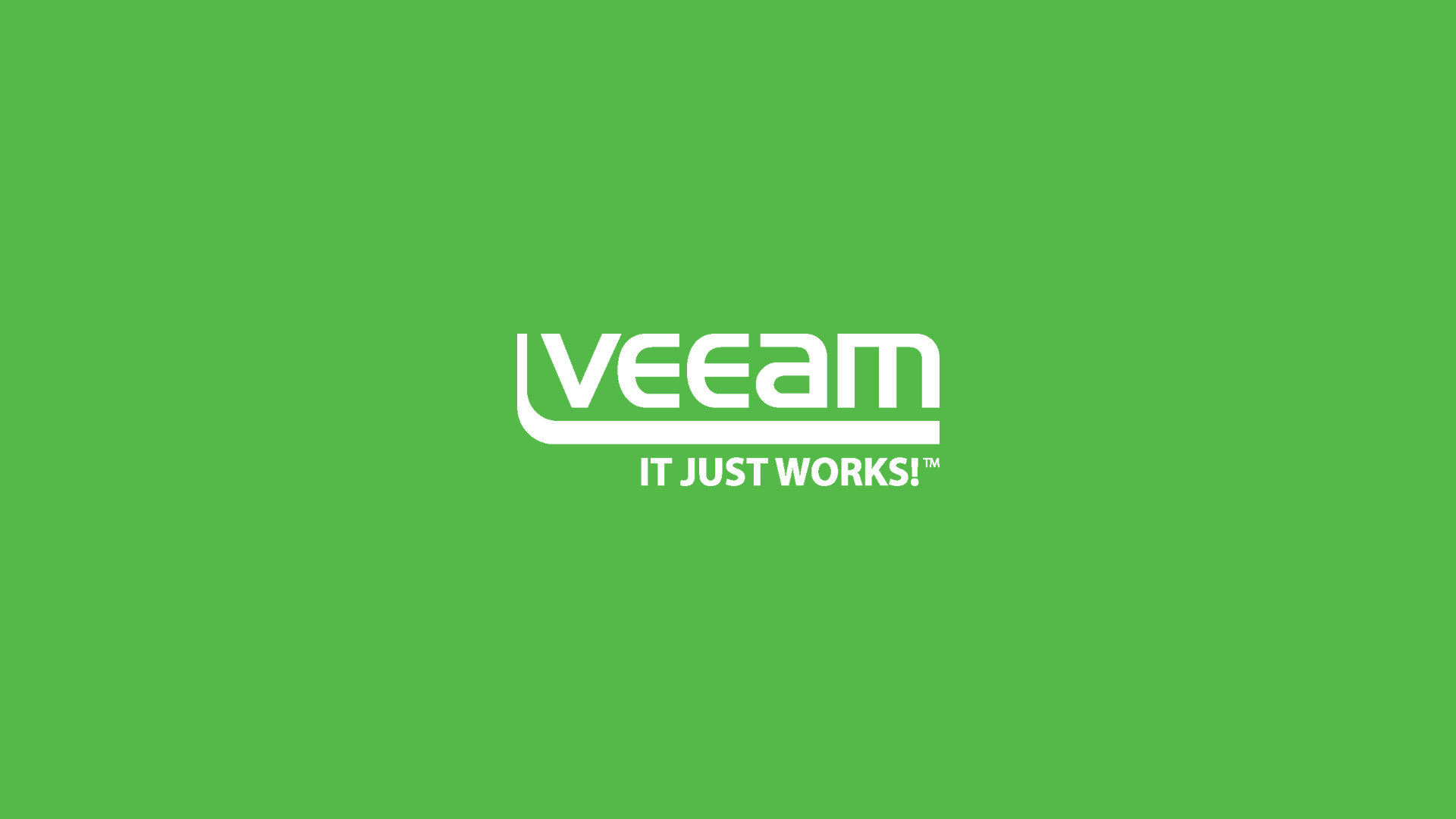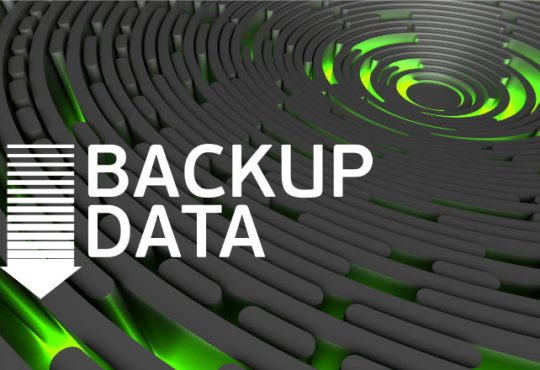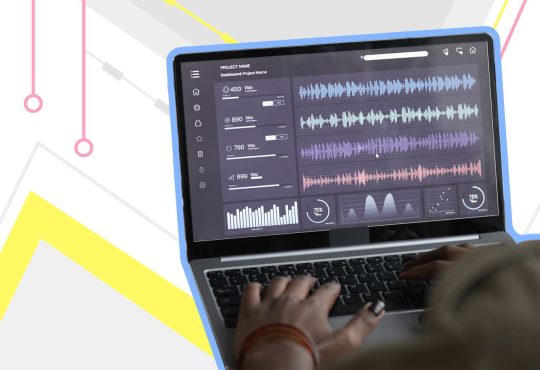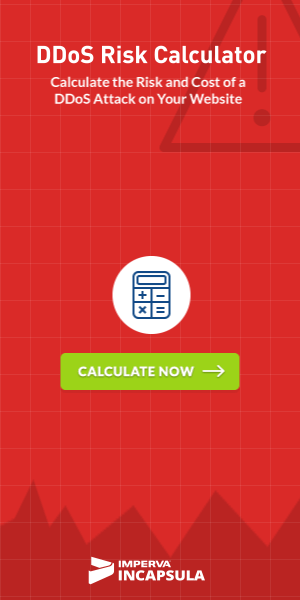
What is Veeam backup?
Veeam backup & Replication is an all-in-one data backup and disaster recovery solution. You may build image-level backups of virtual, physical, and cloud computers and restore from them using Veeam Backup & Replication. The product’s technology optimises data transfer and resource usage, which helps to reduce storage costs and recovery time in the event of a disaster. Veeam & Replication provides a centralised console for managing Veeam backup , restore, and replication activities across all platforms supported (virtual, physical, cloud). You may also use the console to automate and schedule normal data protection procedures, as well as integrate with solutions for alerting and creating compliance reports.This section provides an overview of Veeam Backup & Replication and the solutions that it integrates with.

When can you use veam?
You can use Veeam Service Provider Console to provide Backup-as-a-Service (BaaS) and Disaster Recovery-as-a-Service (DRaaS) services to your customers if you are a service provider. Veeam Backup & Replication can also be used to provide cloud repository as a service and disaster recovery as a service. Veeam was one of the first providers to create VM-specific backup software. Before Veeam, Veeam backup programmes couldn’t tell the difference between safeguarding physical and virtual machines. Veeam Backup & Replication software is compatible with a wide range of backup targets and may be used with VMware vSphere and Microsoft Hyper-V. The product operates on the virtualization layer and is agentless. According to the vendor, the software has a recovery time aim of less than 15 minutes for all applications and leverages built-in WAN acceleration to replicate data off-site up to 50 times faster than a raw data transfer.Backups are image-based and may be made from snapshots on Dell EMC, Hewlett Packard Enterprise, NetApp, and Nimble Storage arrays. Veeam was one of the first providers to create VM-specific Veeam backup software. Before Veeam, backup programmes couldn’t tell the difference between safeguarding physical and virtual machines






